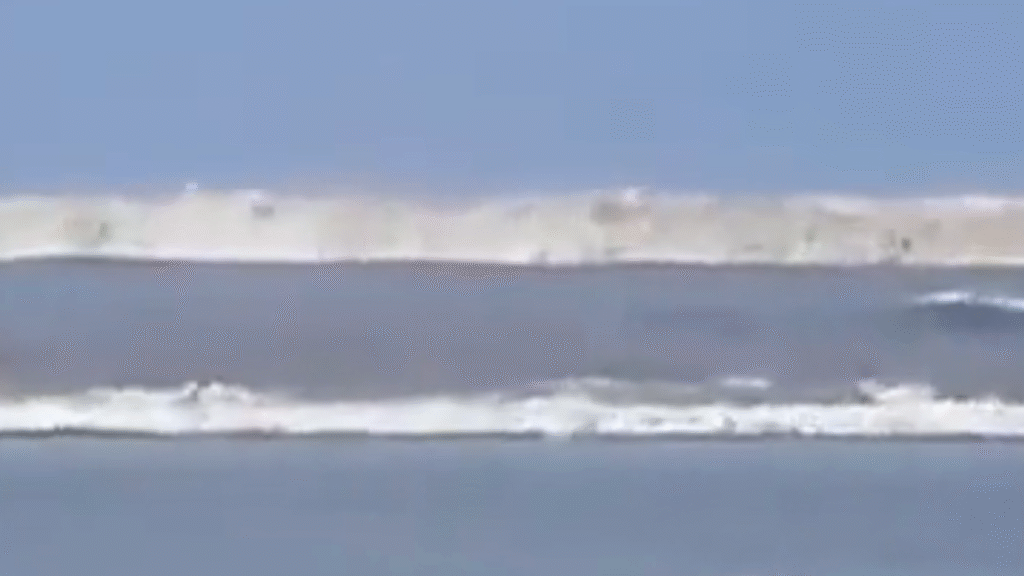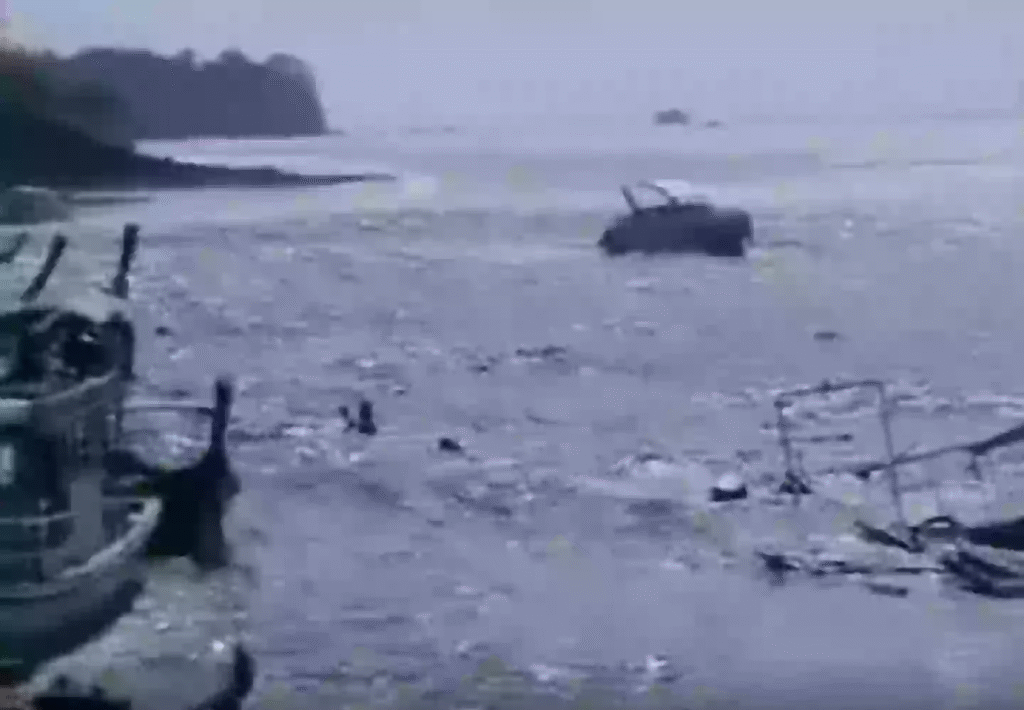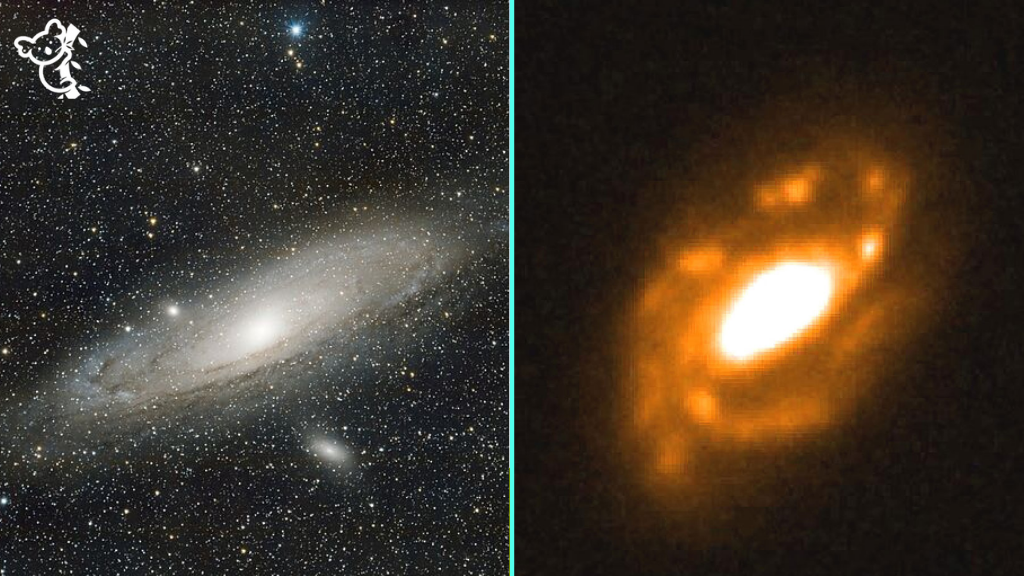The 2004 tsunami that hit the South and Southeast Asian region is considered to be one of the deadliest natural disasters. This tsunami was caused by the third-largest earthquake since the 1900s.
Viral Clips Capture Early Stages of the Tsunami:
Recently, some clips, which showcased the situation prior to the tsunami, have been going viral.
One of them was taken from a 7-plus documentary, and it shows the tide pulling back as the waves grew bigger and bigger.
`With tourists and locals looking around in confusion as the waves began coming back to the shore.
These were the early stages of the tsunami, which some locals clocked in, and also tried to warn the tourists.
The video then shows people retreating, trying to find safe ground.

Numerous other videos were also captured by tourists. A German tourist, who was on the beach in Thailand, posted a video online of the gigantic waves.
In another video, people could be heard shouting in the background, as the waves began approaching land.
Another group of tourists also posted a similar video online, however they luckily made it out alive as they were on the side of the island that faced the land, hence the full force of the waves did not hit them rather the water washed around the island.
What Caused the Tsunami?
This tsunami, known as the Boxing Day Tsunami 2004, was caused by a major earthquake which was a result of the Burma and Indian tectonic plates colliding twenty miles below the ocean floor
The Scale and Magnitude of the Quake:
This collision caused an 800 mile rupture that resulted in the devastating earthquake, which was rated a 9.1 on the Richter Scale (used to measure an earthquake’s magnitude)
Any earthquake ranked between 7.0 – 7.9 on this scale is categorised as a “major earthquake”, which has the ability to cause immense damage and destruction.
Earthquakes greater than 8.0 can “totally destroy communities near the epicenter.”

Hence, this earthquake ended up causing great damage as it triggered the ocean floor, causing it to rise by 40 metres resulting in the detrimental tsunami.
Reportedly, these waves that reached the shore reached heights of 30 feet ( 9 meters) or more.
Read: Scientists Don’t Know Why The Atlantic Ocean Is Cooling Down At Record Speed
Countries Affected and the Scale of Destruction:
15 countries were affected, with countries like Indonesia, Sri Lanka, India and Thailand sustaining massive damage. In these regions, it destroyed approximately 139,000 homes, 4,000 hectares of agricultural land, thousands of schools, hospitals and 8 airports.
The earthquake and tsunami caused approximately 228,000 casualties (including 9000 foreign tourists).
The death toll was amplified by the lack of food, medicine and clean water.

Coupled with the challenge faced by relief workers to provide aid to remote areas or those where access had been blocked either due to road damage or civil war, the death count only aggravated.
It also caused a lot of long-term environmental damage, such as to villages, farmlands, and brought about plant-killing saltwater and debris.
Environmental Damage, Memorials and the Tsunami Warning System:
After this tsunami, many monuments were built in different parts of the affected countries to commemorate the innocent lives lost and the damage caused, for example, the Ban Nam Khem Tsunami Memorial Park in Phang Nga, Thailand, the Tsunami Honganji Viharaya in Peraliya, Sri Lanka, etc.
Following this, The Indian Ocean Tsunami Warning and Mitigation System (IOTWMS), was formed in 2005, to provide better measures for protection against tsunamis.
It was formed under the Intergovernmental Oceanographic Commission (IOC) of UNESCO.

How to Identify an Incoming Tsunami:
A major telling sign of an incoming tsunami is that the tide pulls back very rapidly, if one sees this they should immediately retreat to the nearest high ground.





